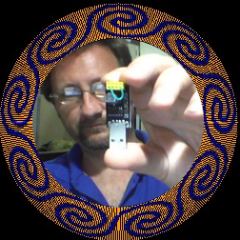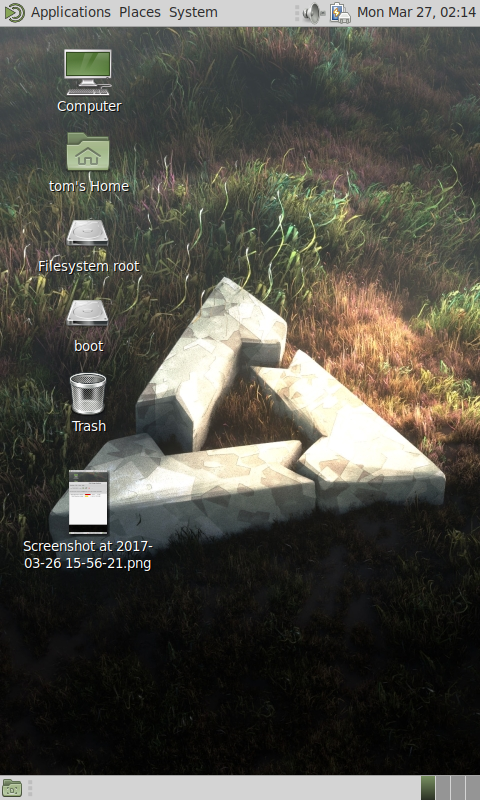I have mentioned this before, Processing is the greatest tool to code for me because it provides easy access to so many creative coding options. The main reason I love it so much is because it is cross-platform. I use the same code on the web, desktop and mobile apps (Android).
Now one of those options is less accessible for many new coders. Namely, processing.js.
What is processing.js?
If you don’t know, processing.js is simply a way for your processing (JAVA) code to be translated into JavaScript and run in a browser canvas window.
Why is it cool?
I love processing.js because it’s the easiest way to use the same code and get web-based sketches running on my own server. Just include a processing.js file and the processing sketch (with a tiny bit of html) and it works.
What to do now?
Processing wants us to start using P5.js which is the functionality of Processing but using JavaScript syntax. I am mainly an Android and Java programmer, so for me this is an unnecessary step (mainly involving changing all int’s and floats to var) and I personally will continue using processing.js.
But they took the website away!
Now we come to the reason for this post: they took away the website! If you try and go to processingjs.org website now you will find it’s been taken down by the maintainers. Only the github code is left for posterity. Well luckily there is always the wayback machine: https://web.archive.org/web/20180510071709/http://processingjs.org
Processing.js is alive and well. It’s still working on my site, you can see a load of them all over this site, and on my cv even.


